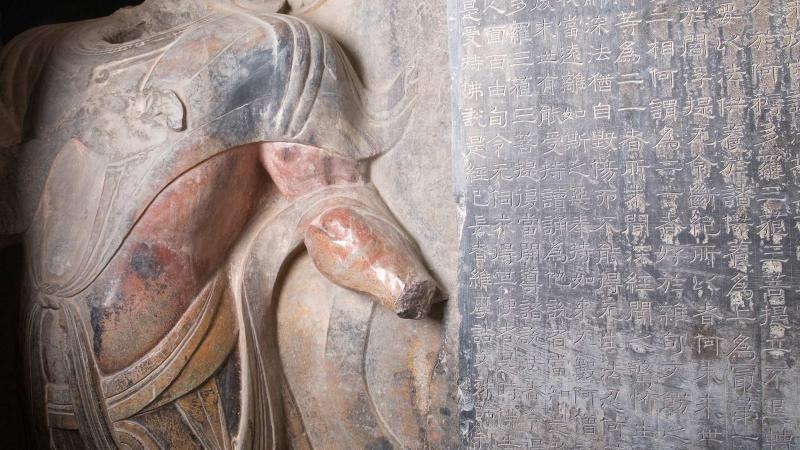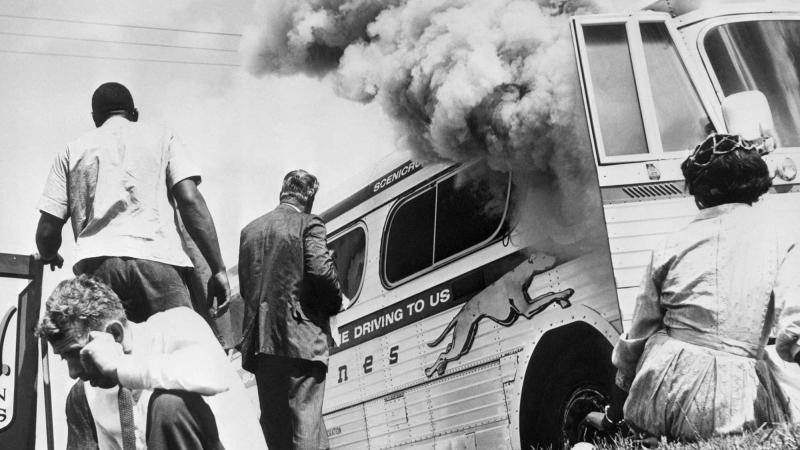Researching in the Muncie Public Library in Indiana, Frank Felsenstein, a scholar of 18th-century literature at Ball State University, came across an extraordinary find in 2003: Recent renovations had uncovered a cache of 25 old library ledgers that had escaped decades of decluttering.
Dating from 1891 to 1902, the ledgers recorded more than 174,000 library loans, with patrons’ names and the titles of every book they borrowed. Such records, Felsenstein knew, are more than rare. While some library circulation records have survived from the early and middle 19th century, very few—and none of such size—have been found from after 1876. (Privacy laws prevent public access of more recent library records.) Information on popular readership, says Felsenstein, has long been “one of those elusive aspects” of cultural history. “We know what books were available, but we don’t know very much about who was reading what.”
The discovery of the Muncie records has even more relevance. This small Indiana city is already well-known to historians as “Middletown”—the subject of the groundbreaking sociological case studies published in the 1920s and ’30s by the husband-and-wife team Robert and Helen Lynd, who designated Muncie as the typical Middle American city and documented its cultural norms and social shifts as it entered the 20th century.
With $160,000 from NEH, Felsenstein and his colleague James Connolly, director of the Center for Middletown Studies at Ball State, have turned these records into a searchable online database called What Middletown Read. The website allows users to sort records of more than 4,000 Muncie library patrons according to age, gender, race, ethnicity, occupation, marital status, and social class, yielding fascinating glimpses into bygone reading tastes and the role of the public library in a community on the verge of industrialization.
Connolly and Felsenstein have found that although about three quarters of Muncie’s population at the time was working class—many of them laborers in local glass manufacturing—the patrons of the library were disproportionately white collar, and predominantly middle and upper class women. “The ideal of a public library is to reach out to people from lower social classes,” says Felsenstein. “But this shows it didn’t fully succeed in doing that.”
Many of the most popular books from the Muncie library have disappeared from public memory, such as Martha Finley’s Elsie Dinsmore series, which sold 5 million copies in its day and features heavily in the What Middletown Read circulation lists. “There is a cultural world that these people were immersed in that is totally unknown to us today,” says Connolly. “Through this project we have been able to recover some of that.”
By cross-referencing Muncie library records with city directories and census data, scholars have been able to develop detailed portraits of individuals within the community and their reading habits—many of which are profiled in Felsenstein and Connolly’s recently published book on the project. For example, we know that the family of Moses Cohen, a Polish immigrant and a rag and scrap-metal dealer, were regular readers and borrowed books more than four hundred times between 1891 and 1902. Some, like Treasure Island and Kidnapped, may have sparked the imagination of Cohen’s youngest son, Benjamin, who became a principal architect of FDR’s New Deal.
Grant Frazier, a 14-year-old bootblack, was one of only 19 recorded African-American patrons of the library. His membership was vouched for by a Muncie schoolteacher, and his voracious reading tastes ranged from boys’ adventure books to pious moral and religious tracts and histories of ancient Greece and Rome. Frazier also borrowed a number of books intended for female readers, which, Felsenstein suggests, he may have taken home to read aloud to his mother, a laundress who couldn’t read or write.
Paula Wasley, staff editor for Humanities.


